|
Ahead of our upcoming campout, its time to review some of the things we may see during our hike inland, and as we explore the river edge. Below are some of the different plants and animals we may encounter, as well as tracks and signs of animals we might not see, but can know they are present. By reviewing some of these, we can make ourselves familiar with the area, and in doing so have a greater appreciation for the natural world we will explore. Grasses and Sedges: While grass may seem boring, and thus is overlooked, we have abundant native and introduced grasses in the area, and each one can tell us something about the soil, moisture, and environment in which we find it. During the hike, look out for the Texas State Grass, Sideoats Grama, as well as the rather interesting Hooded Windmill Grass, and the arcing yellowing remains of the Purple Three Awn. Near the river, watch for the Red Lovegrass, the Barnyard Grass, and the Bushy Bluestem. Once you become familiar with the general characteristics of the grasses, you will begin to notice the wide variety of species we have in Central Texas. Near the water, you may see sedges, which at first glance may appear to be grass. But look closely, "sedges have edges" - their stems are often triangular in cross-section, and they are not hollow. Trees, Shrubs, and Forbs: Well above the waterline, we will encounter the Cedar Elm, Ashe Juniper, and the Blackjack Oak, interspersed with the Texas Persimmon and the spikey-leaved Agarita. Down by the water, the Rattlebox and its cousin the Bigpod Sesbania sport bright yellow flowers and interesting seed pods, while the presence of the Black Willow tells us water is nearby. Wildflowers: Although we usually think of spring or summer as prime wildflower season, there are many fall bloomers, particularly from the sunflower family (Asteraceae). In the woods, look for the Small Palafox providing some localized color, while near the water you may find large mats of the unforgettably-named Frogfruit, and thick stands of the Nodding Smartweed. Cacti: There are at least five different species of cacti along our hiking route, including the ubiquitous Prickly Pear, and its slender second-cousin the Tasajillo. Lower to the ground you may find the Lace Hedgehog Cactus, the Twisted Rib Cactus, or Heyder's Pincushion Cactus. Extra points if you find a Prickly Pear tuna, or see the fuzzy white patches hiding the cochineal insects, source of red dye. Yuccas: If you pay attention, you can see three different species of Yucca along the hike. Buckley's Yucca is the most common, but there is at least one Spanish Bayonet, and not too far away one example of the Twistleaf Yucca. Yuccas are succulents, but not cacti. All cacti are succulents, but not all succulents are cacti. Lichens, Mosses, Spikemosses, and Ball Mosses: If you look around, there are many intersting smaller plants to look at. The Lichens are symbionts between fungi and algae, and come in myriad shapes and colors. The three main shape patterns are Foliose (think of lettuce leaves), Fruticose (usually something on a stalk, but sometimes long and hairy), and Crustose (laying tight against the substrate). The true mosses around us often grow in tight clumps, usually near water or in shaded areas near the base of trees or rocks. The spikemosses (Selaginella) are a primitive vascular plant, but there were giant versions around with the dinosaurs. Finally, the ballmoss isnt a moss at all, it is a bromeliad, and thus more closely related to pineapples! UP NEXT: Animals, Tracks, and Signs
0 Comments
Leave a Reply. |
Archives
July 2024
Categories
All
|
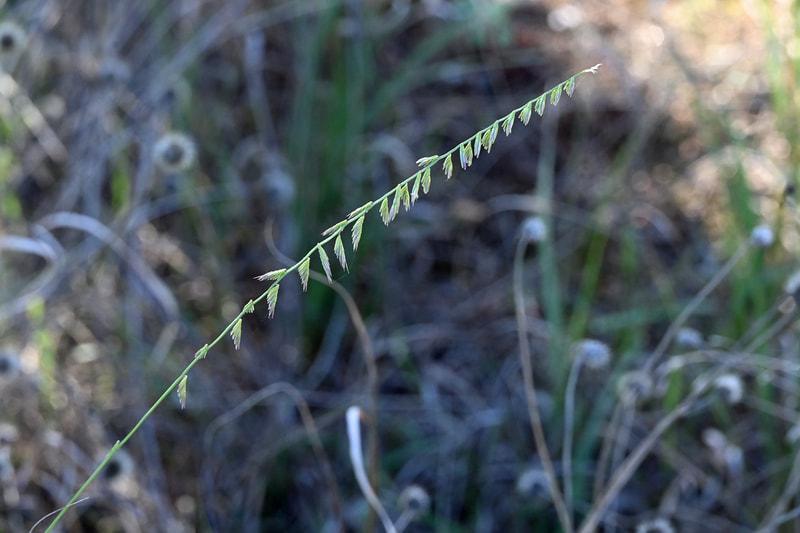
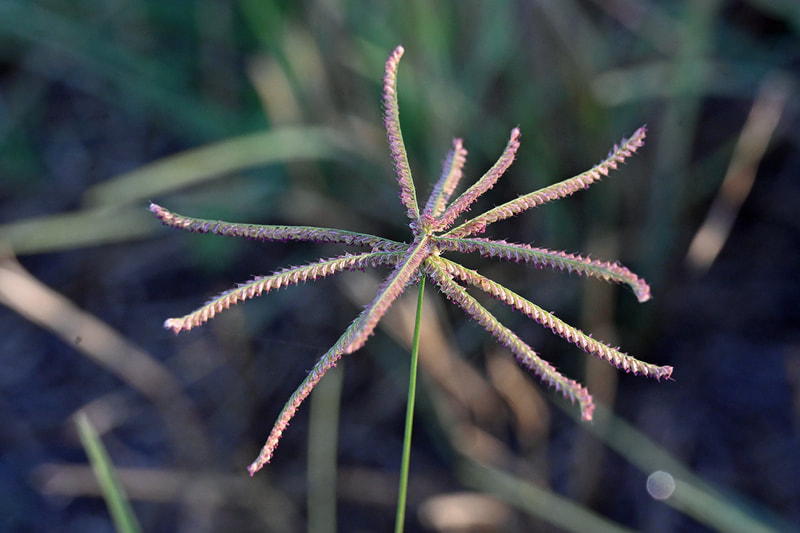
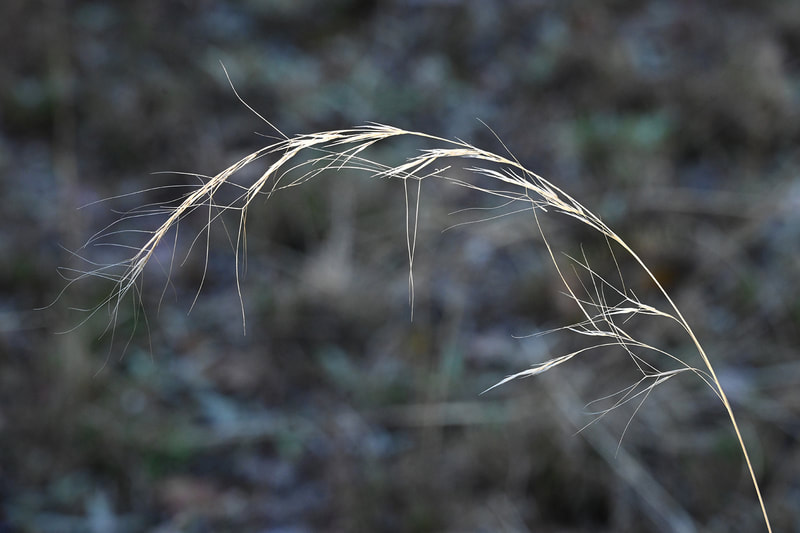
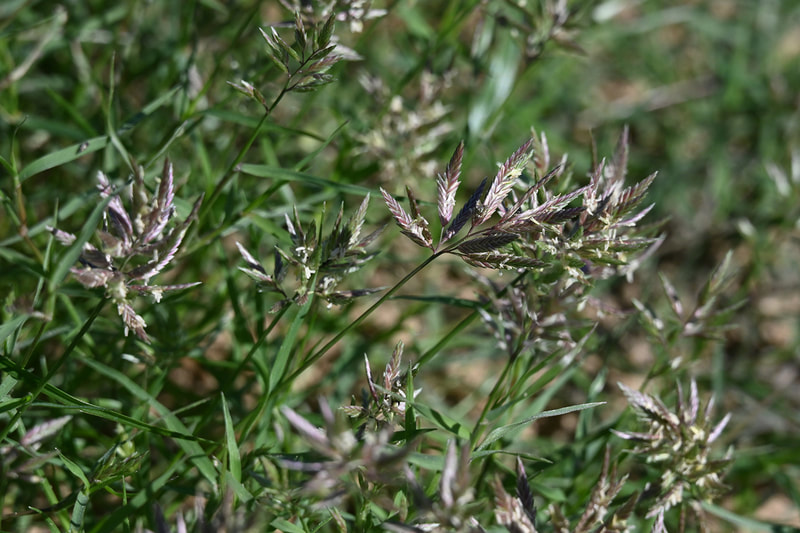
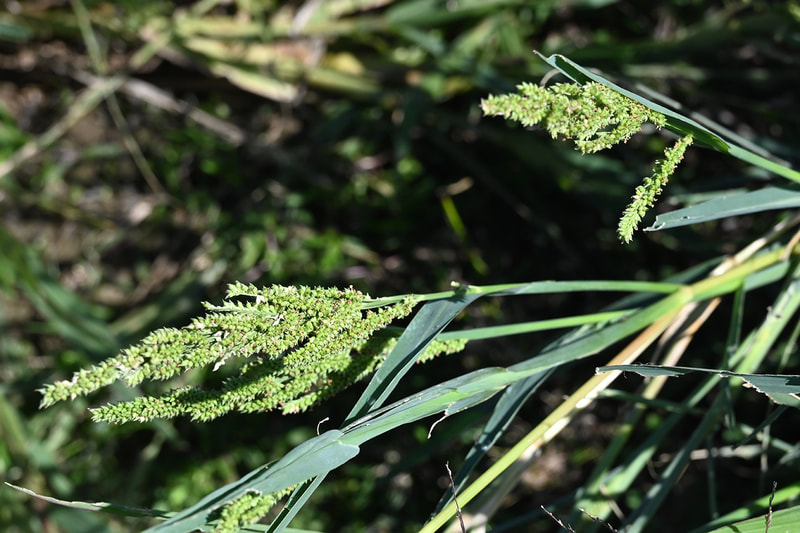
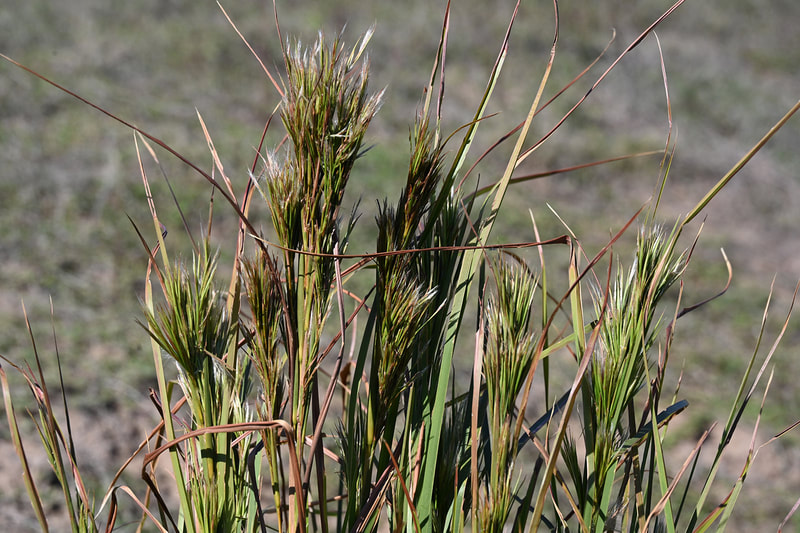
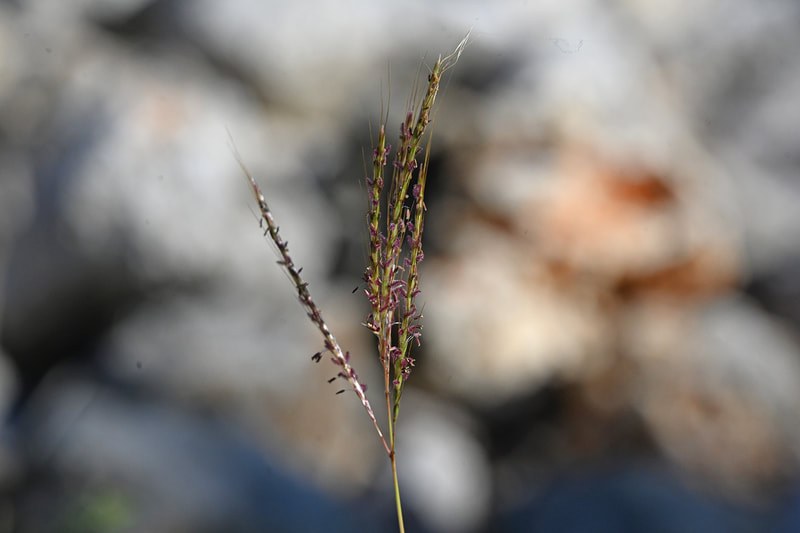
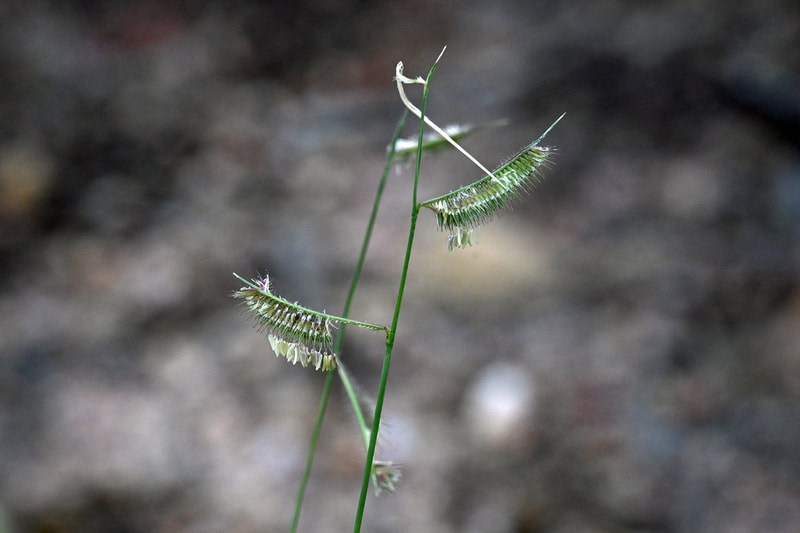
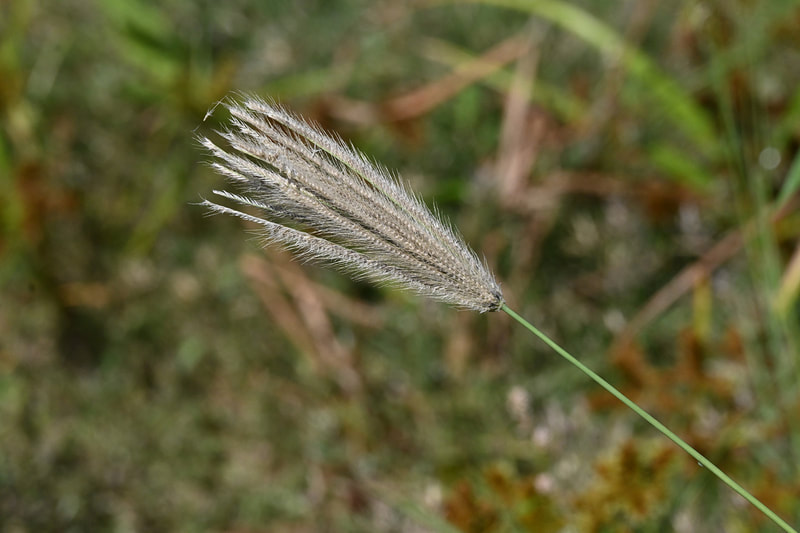
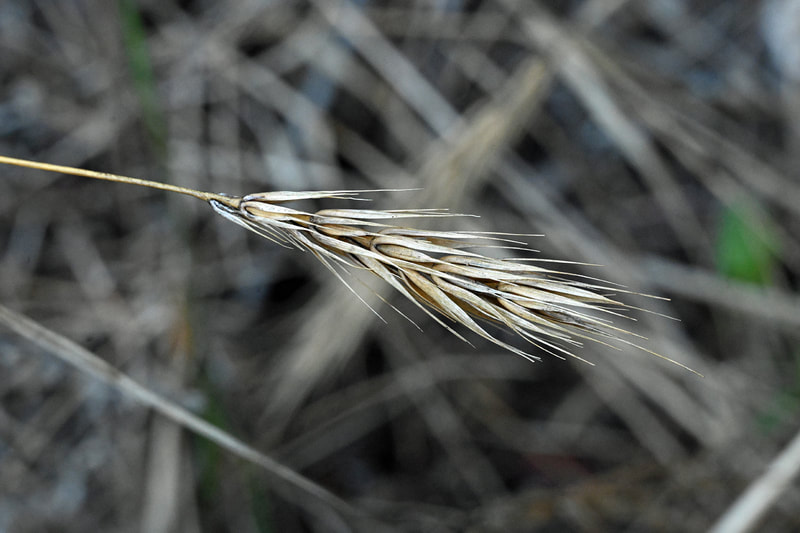
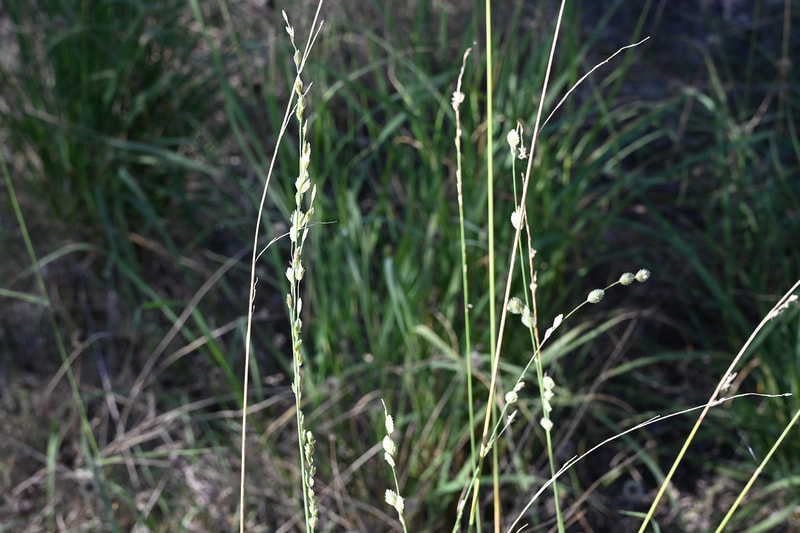
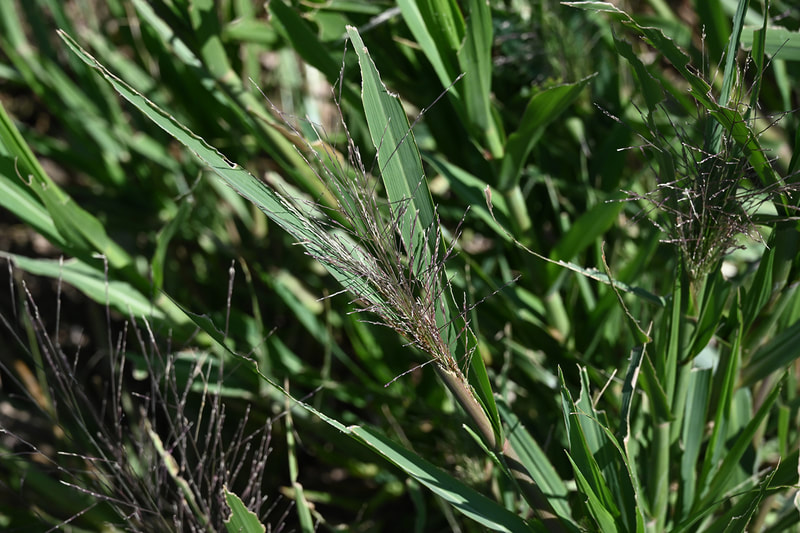

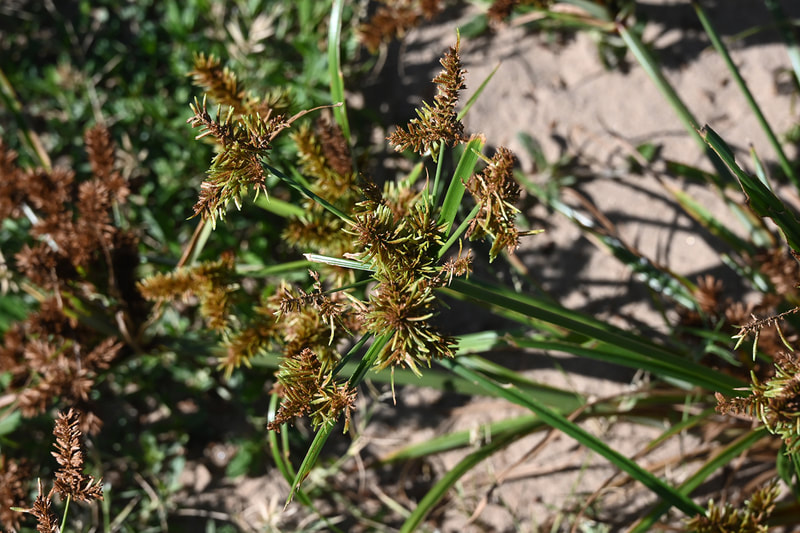
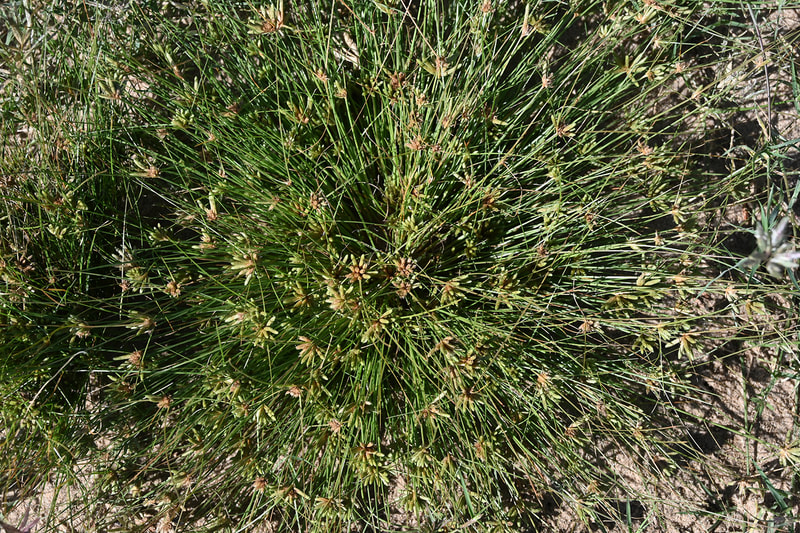
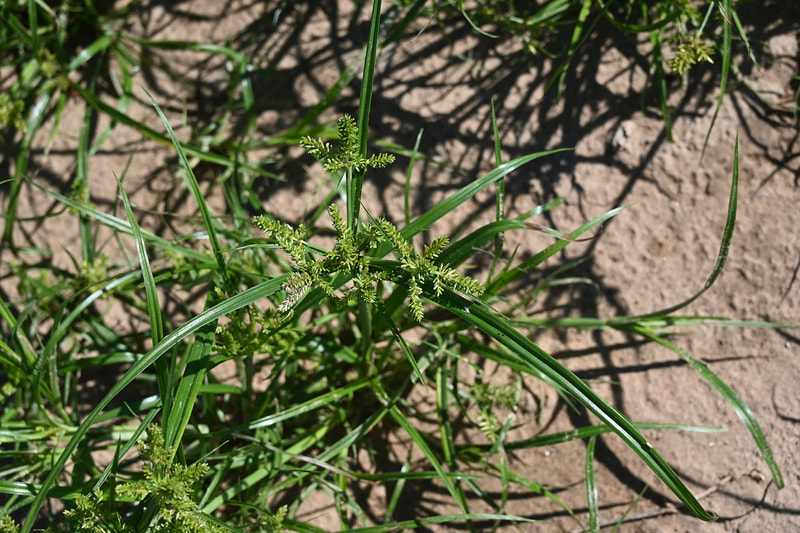
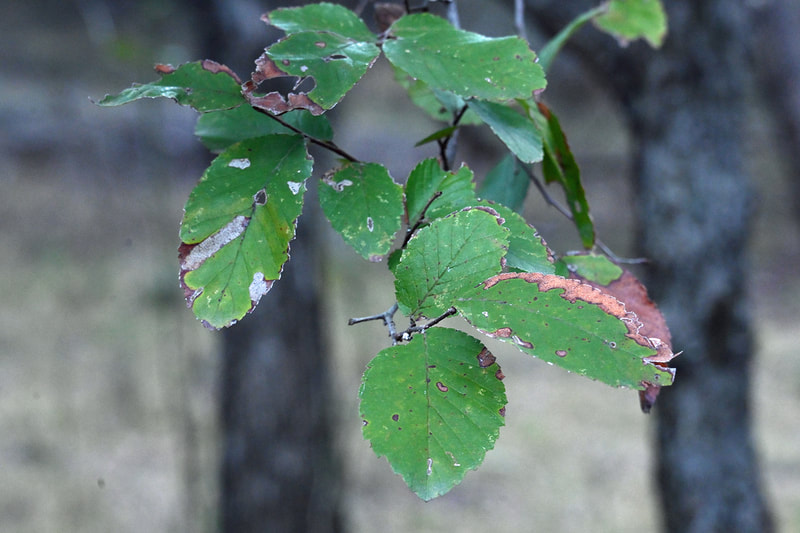
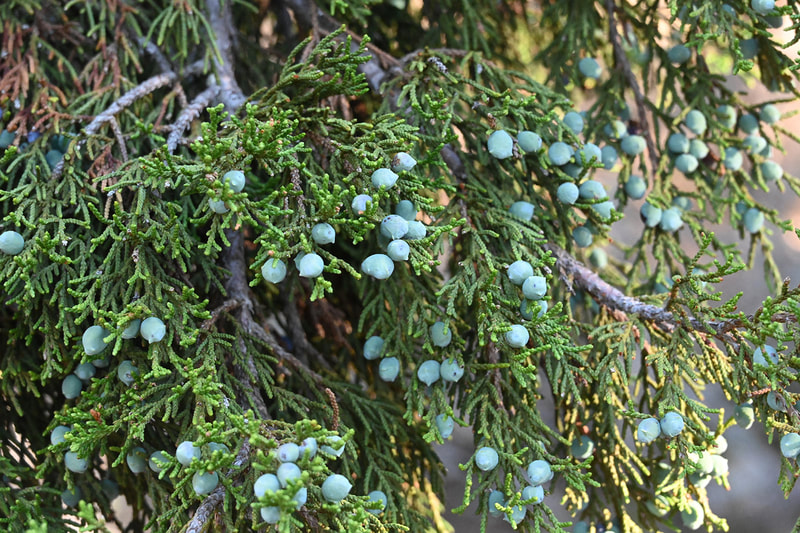
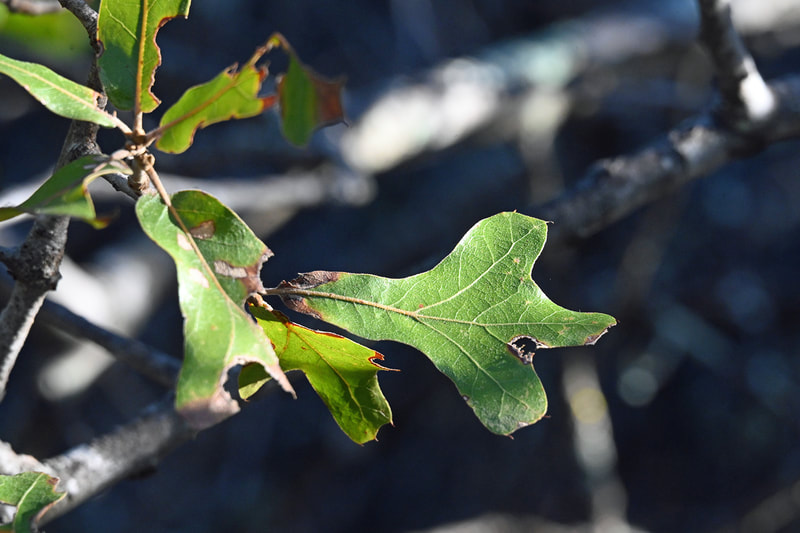
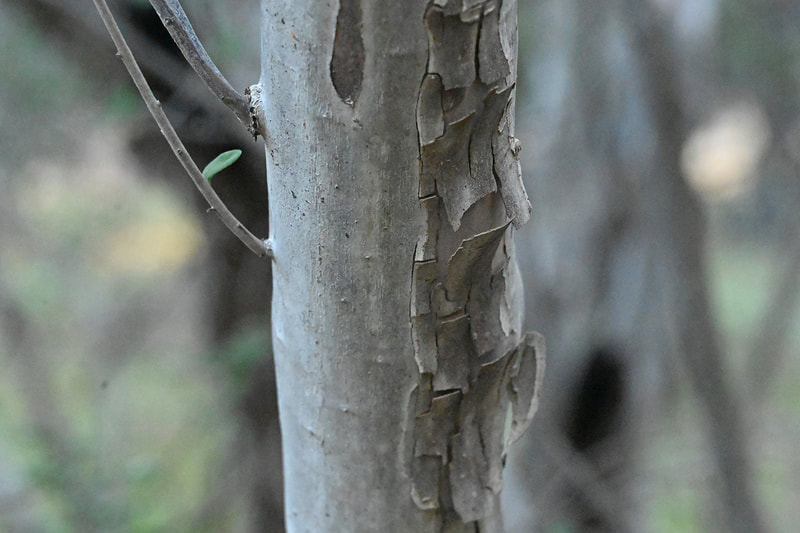
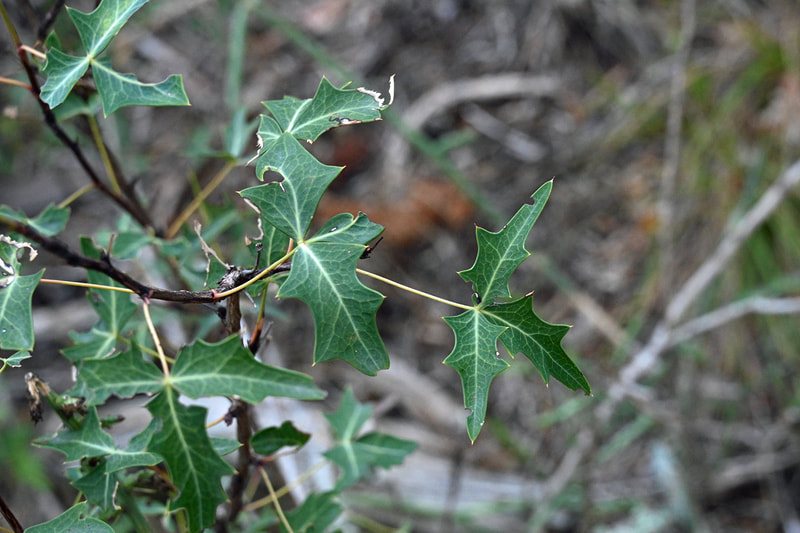
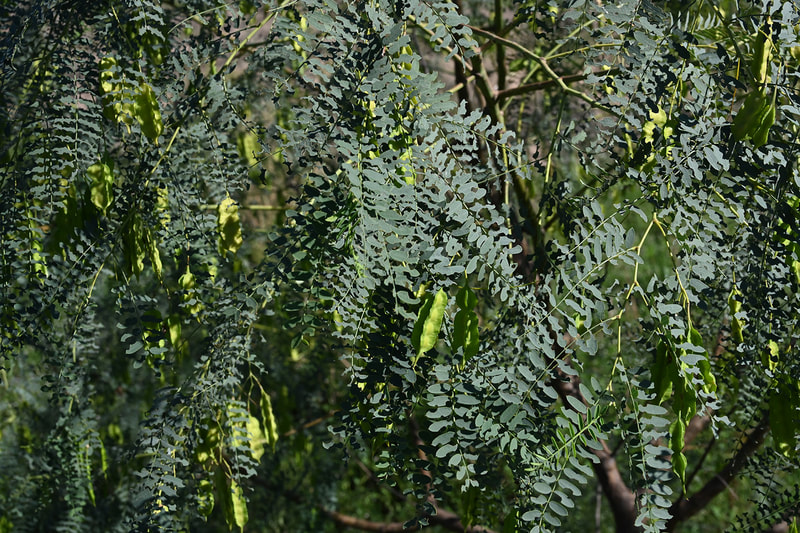
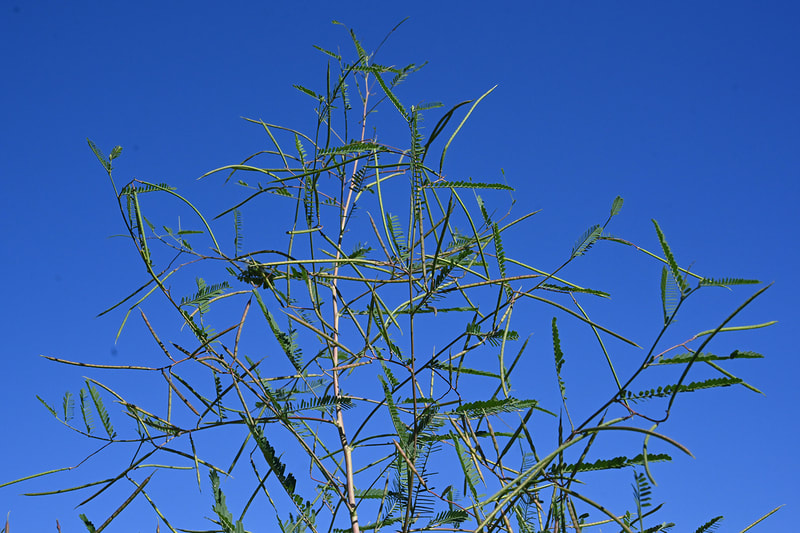
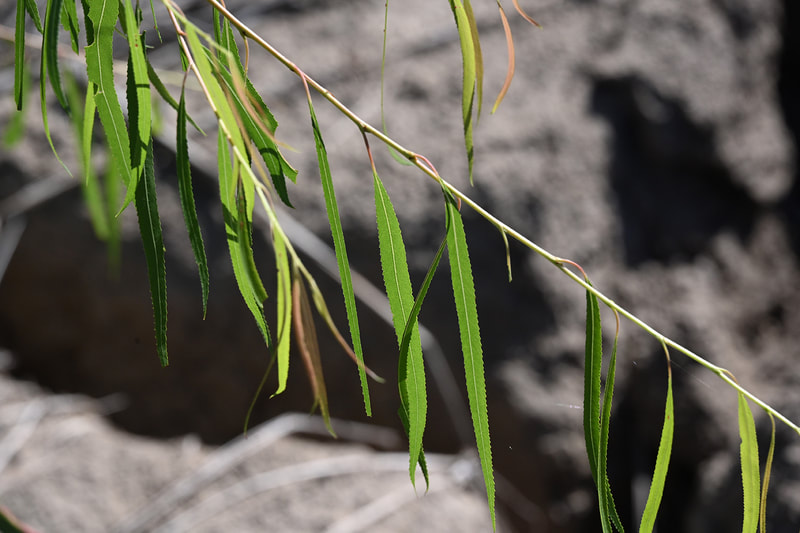
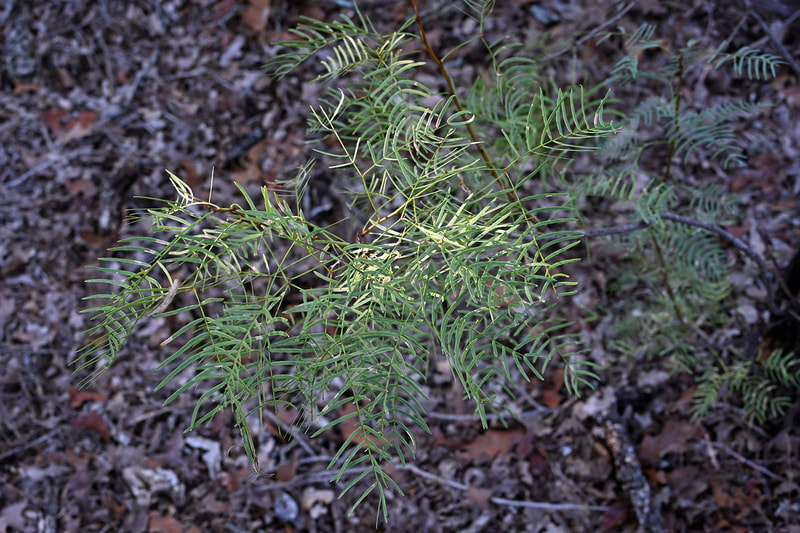
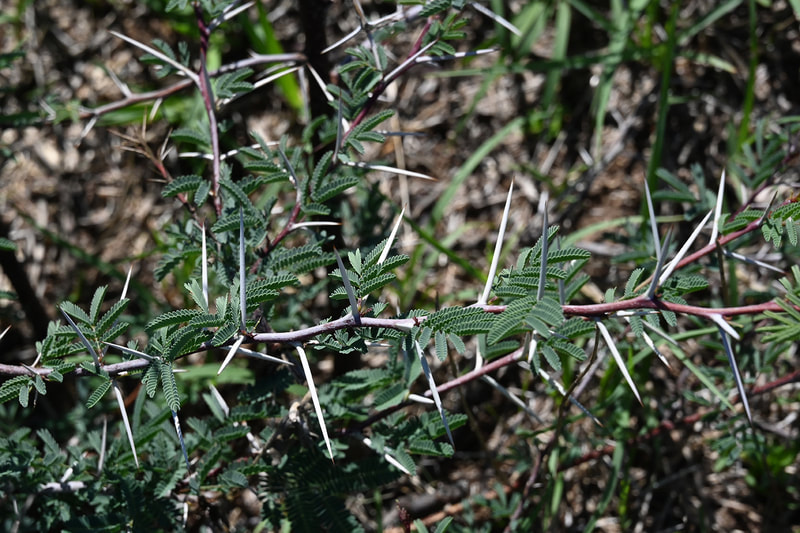

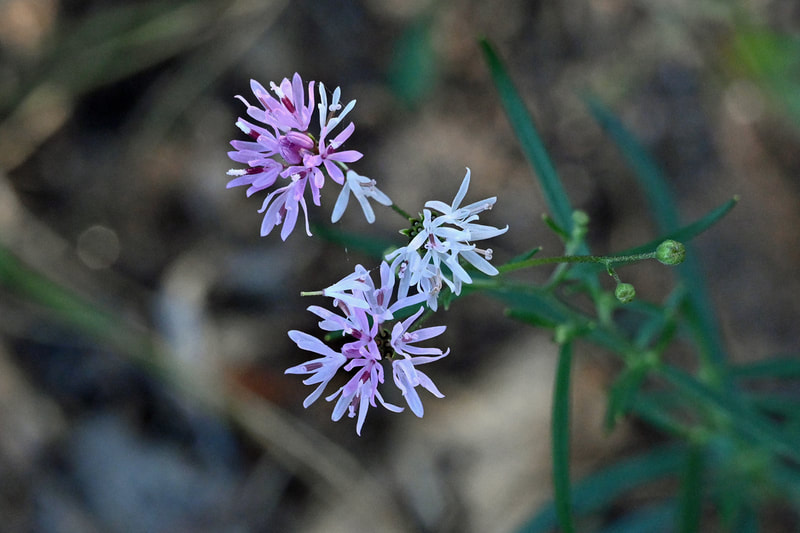
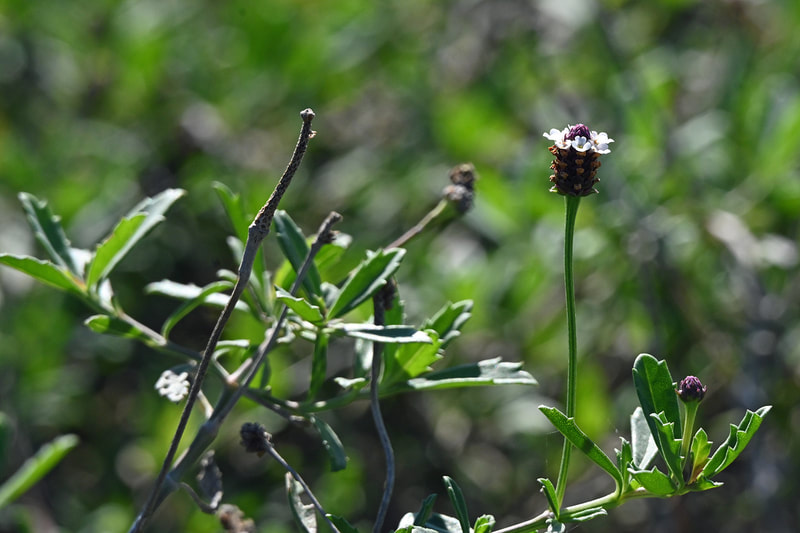
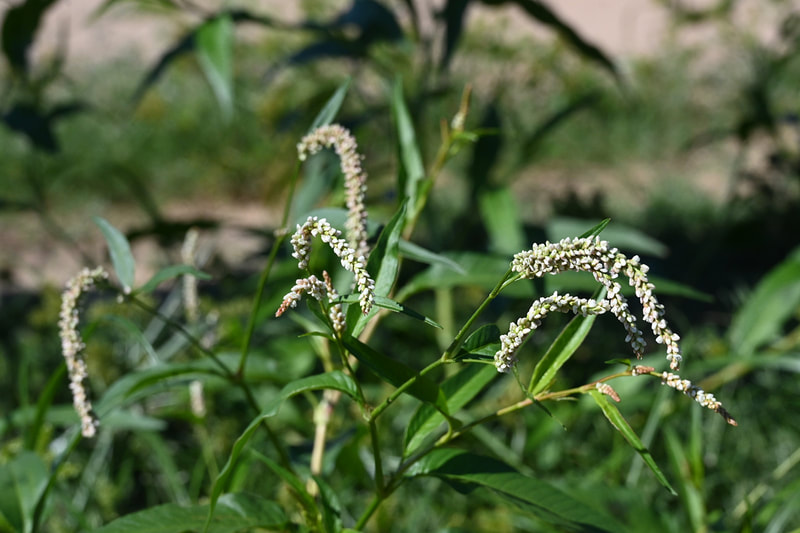
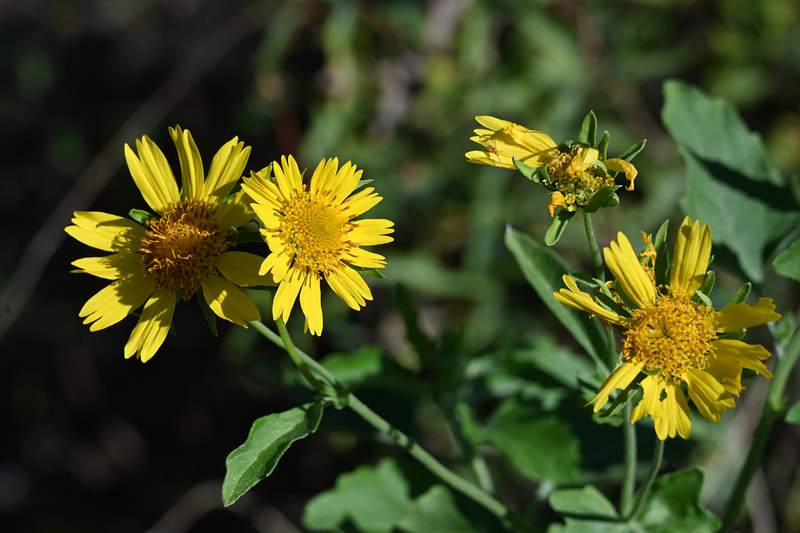
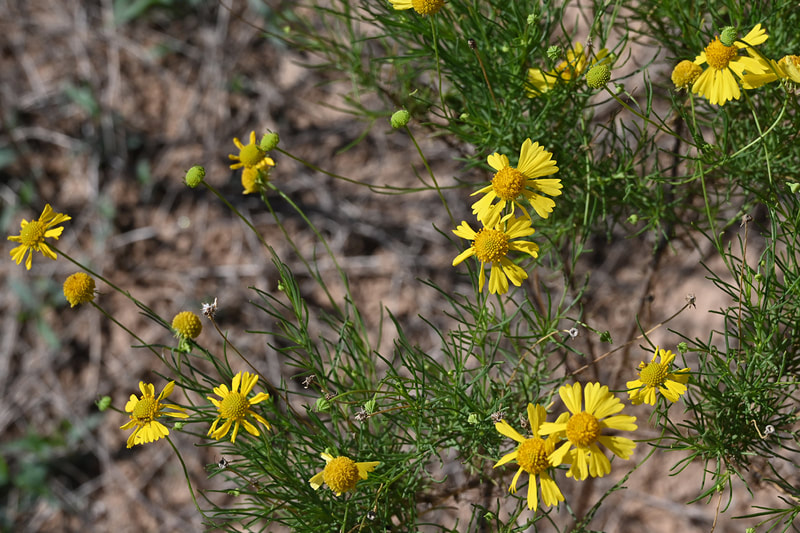
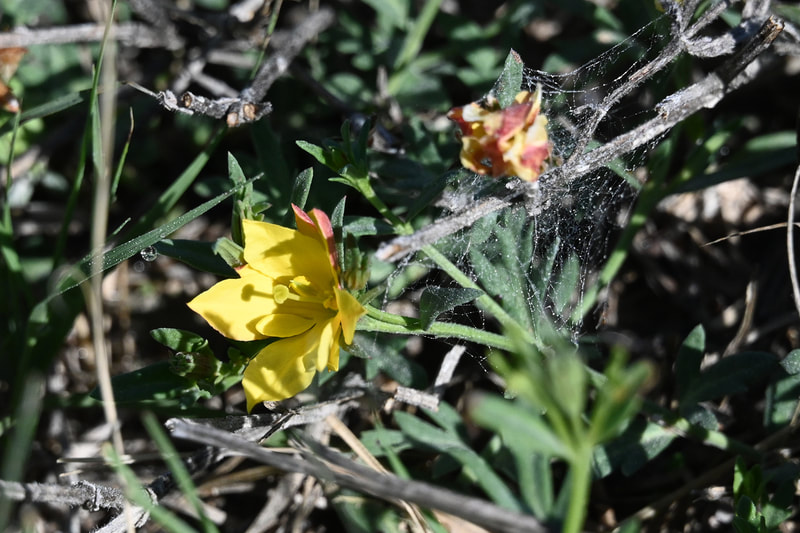
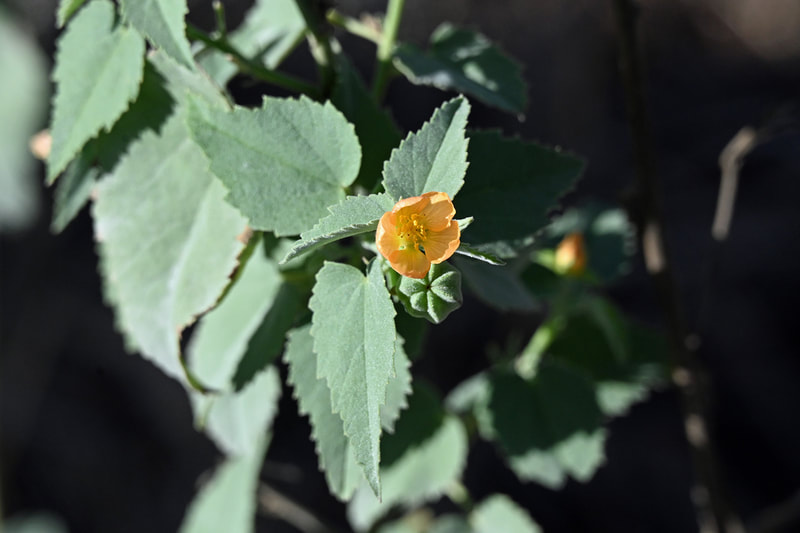
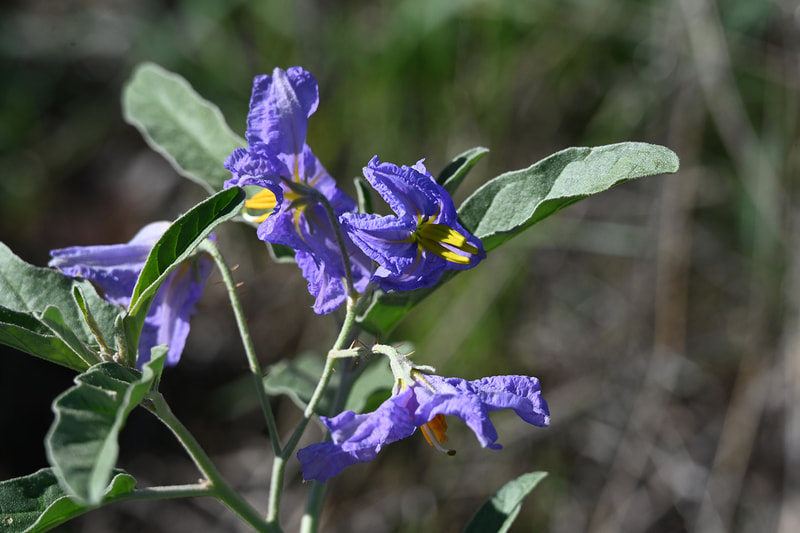
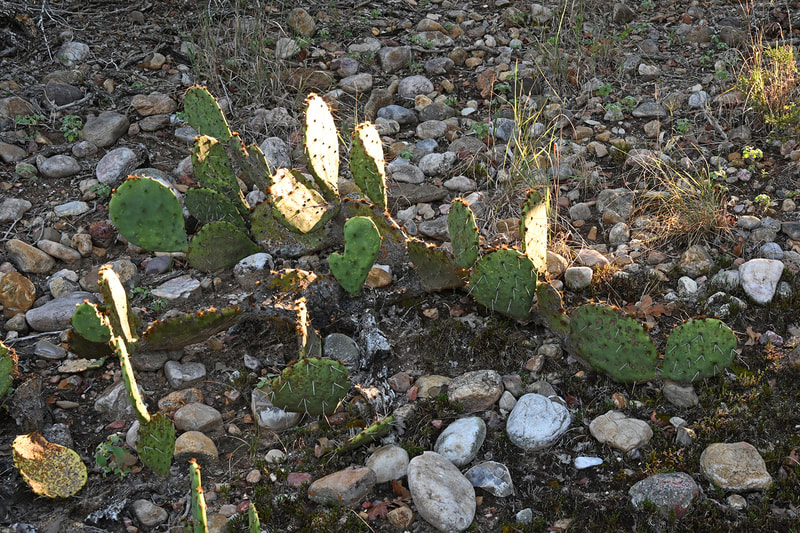
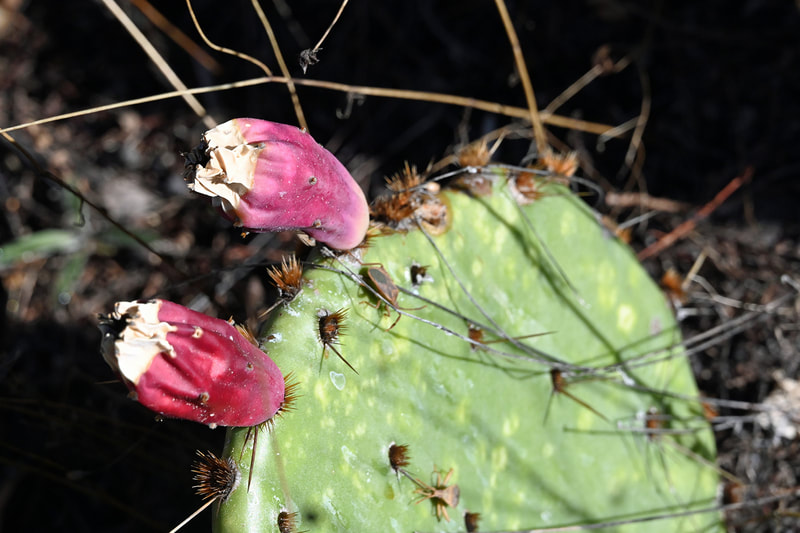
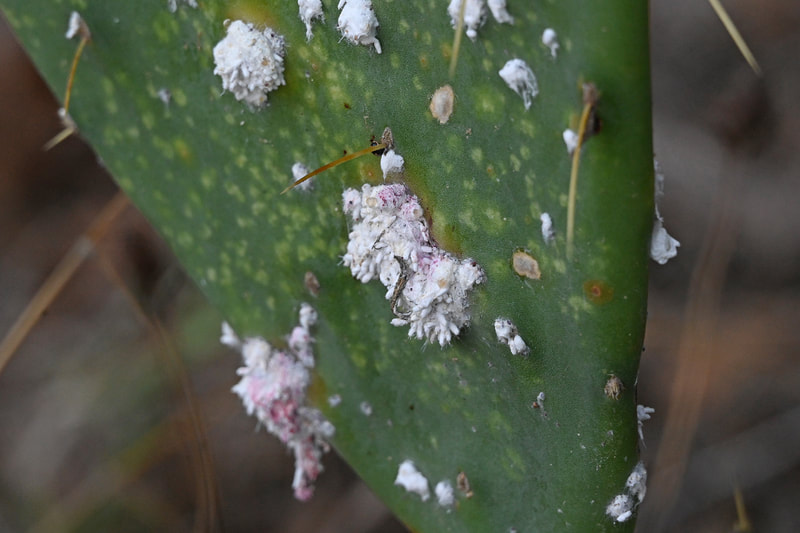
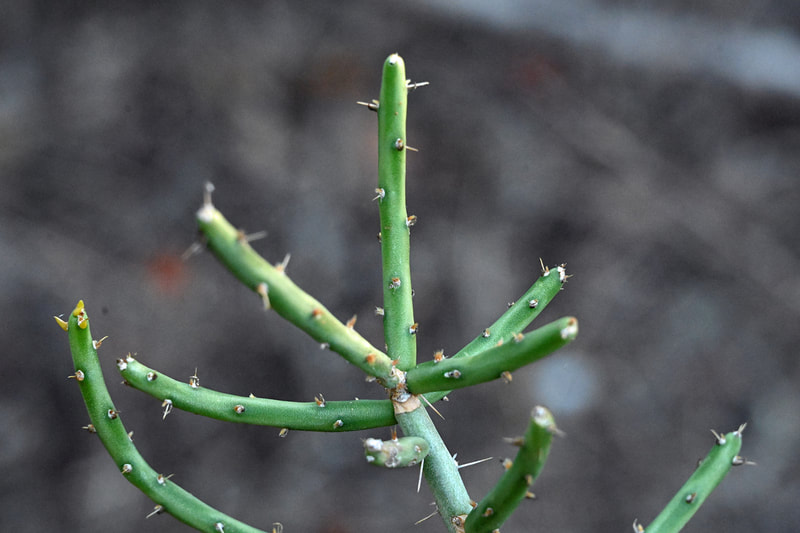
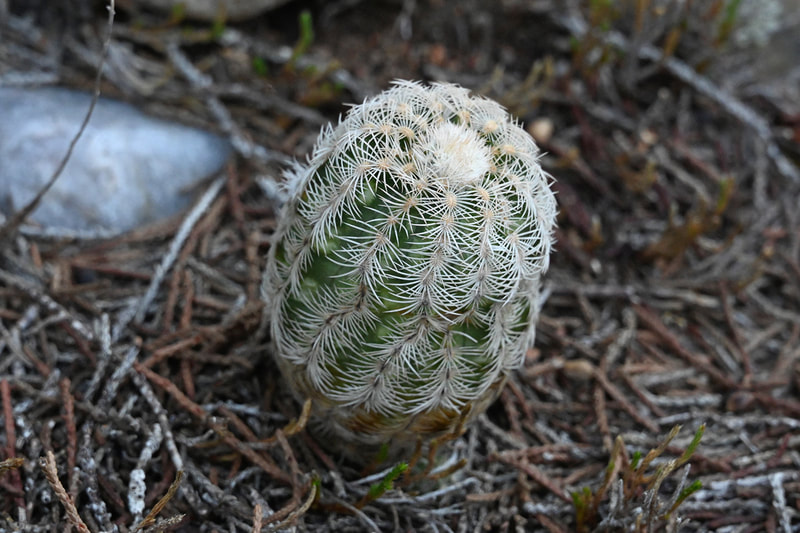
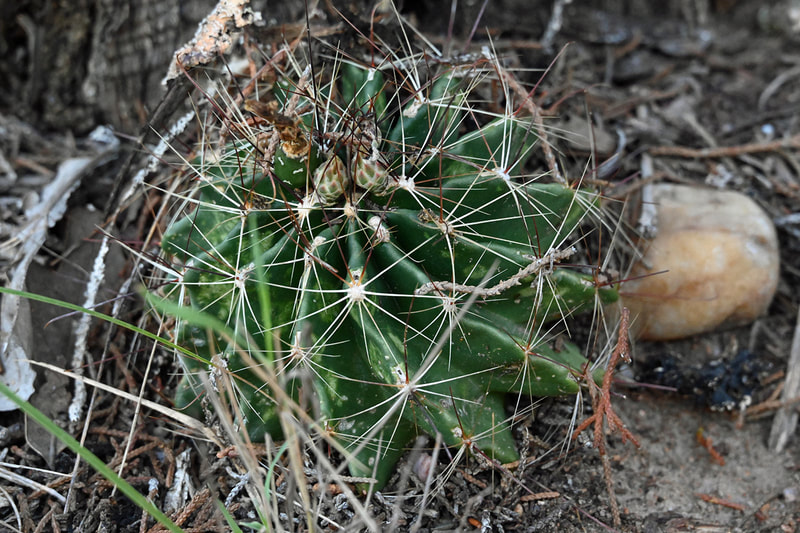
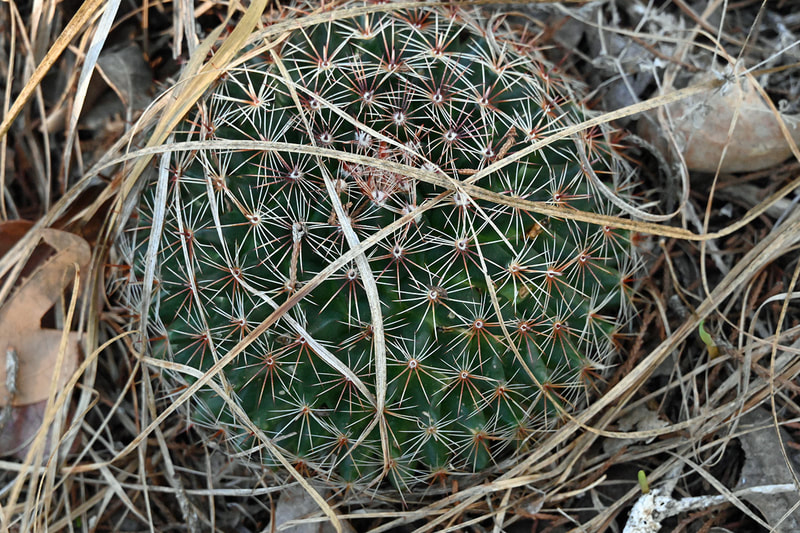
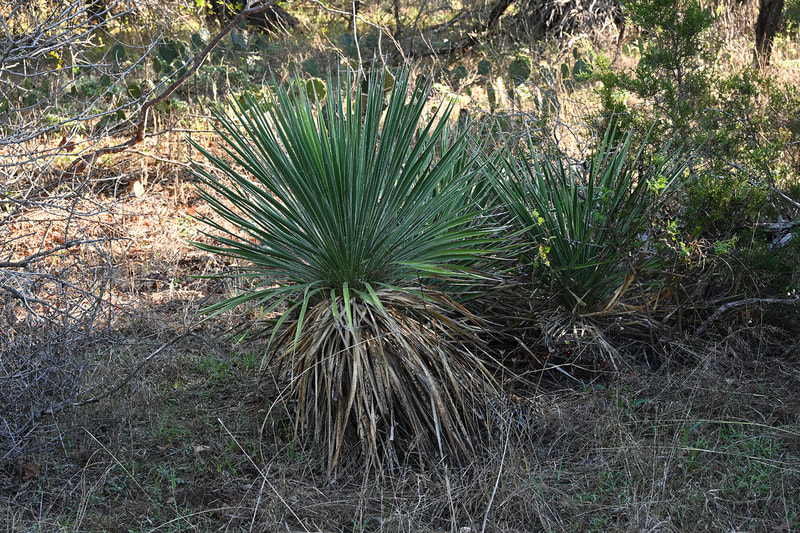
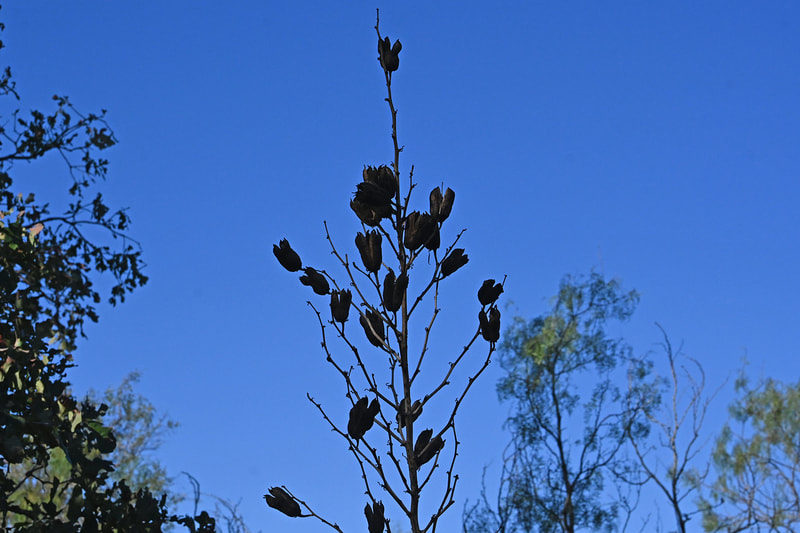
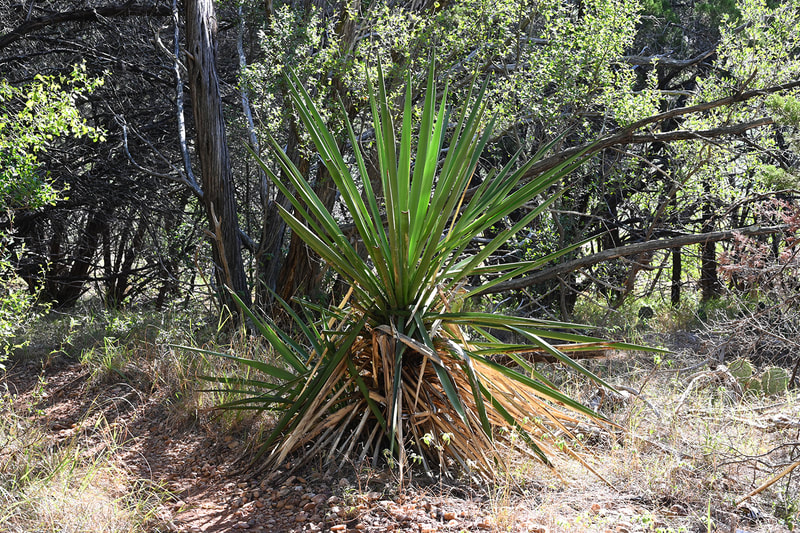
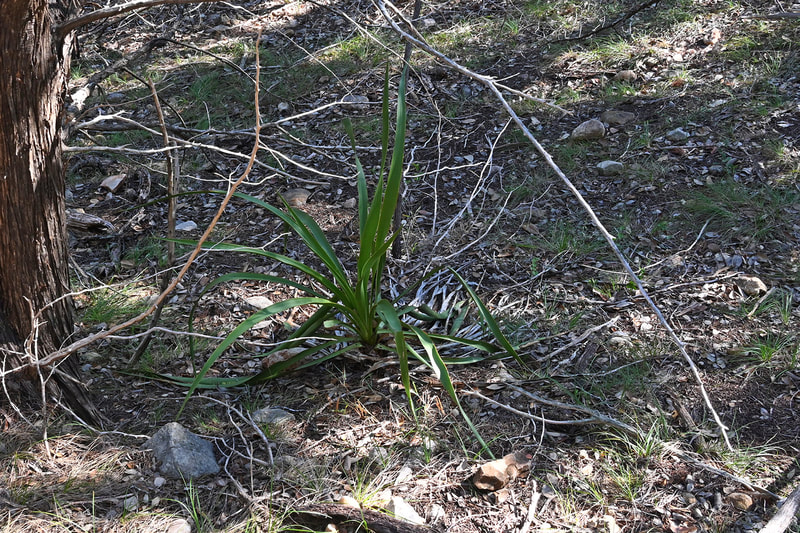
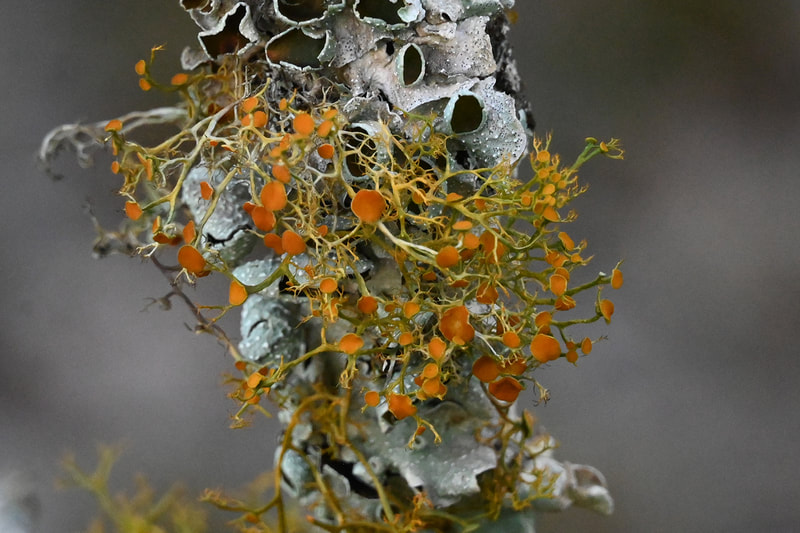
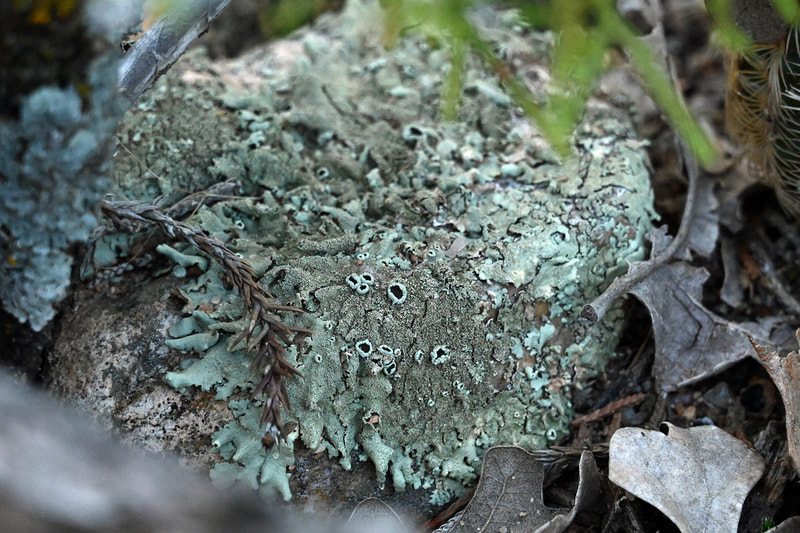

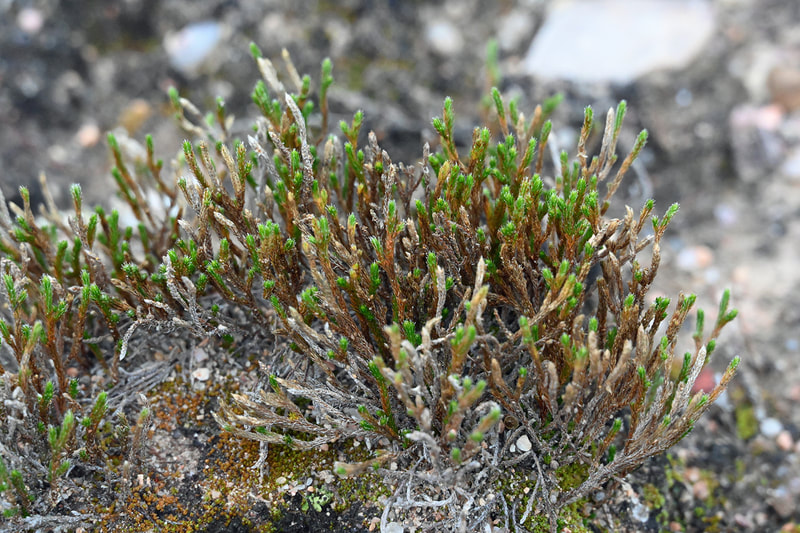
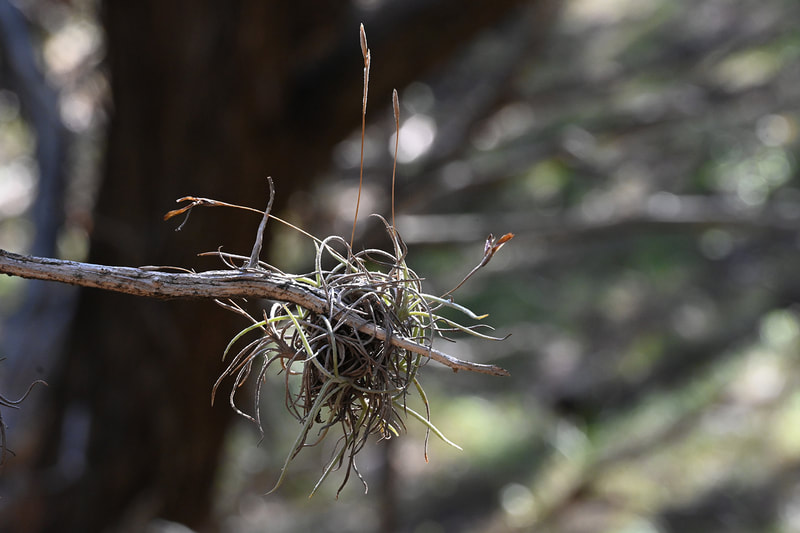
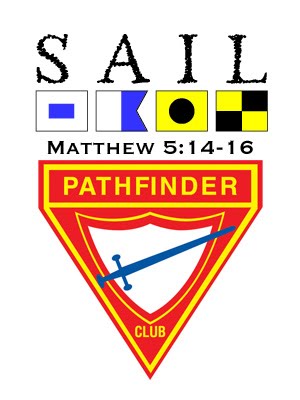
 RSS Feed
RSS Feed